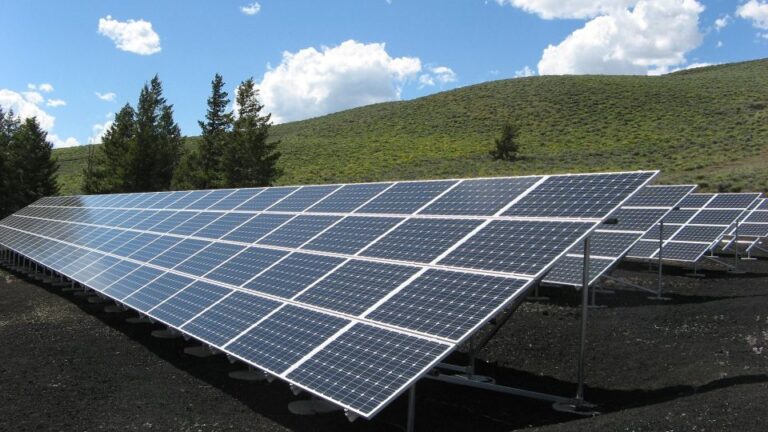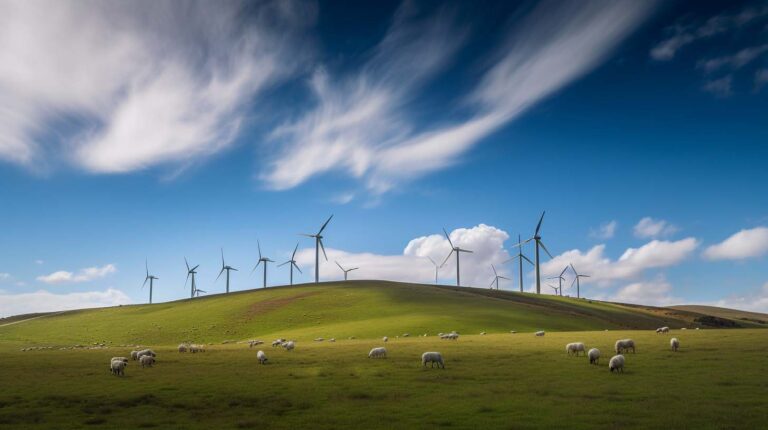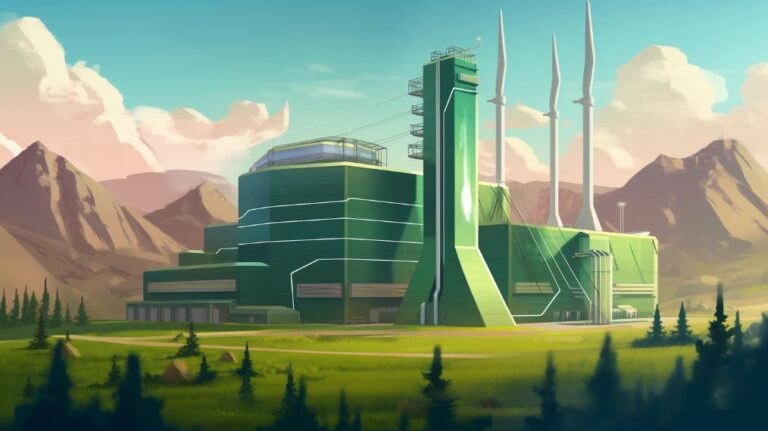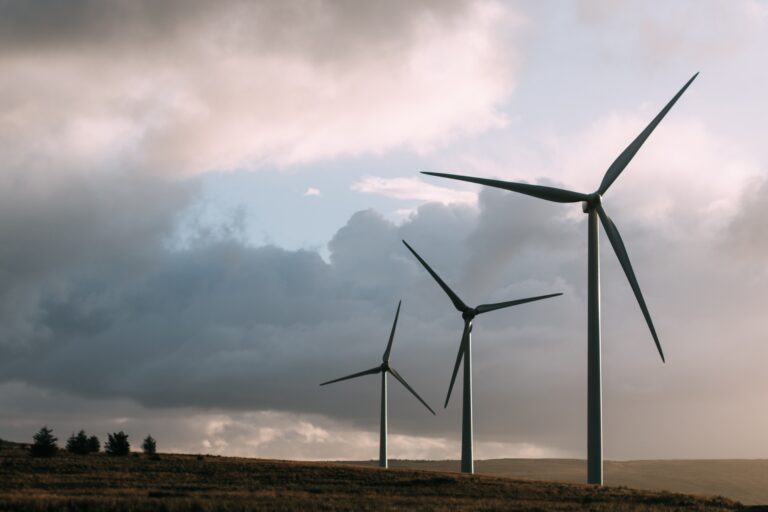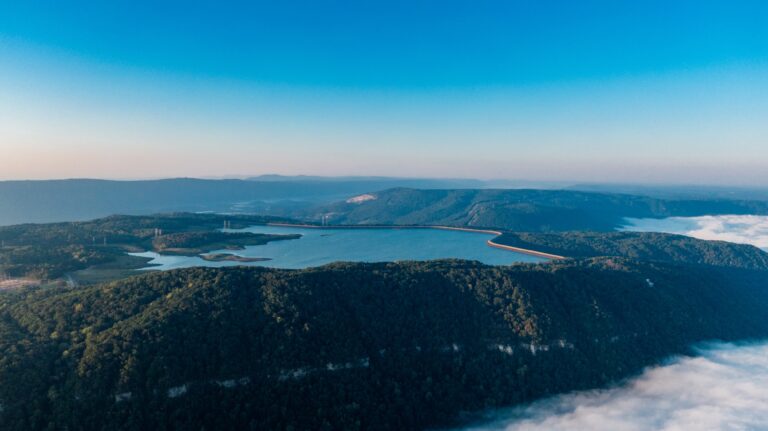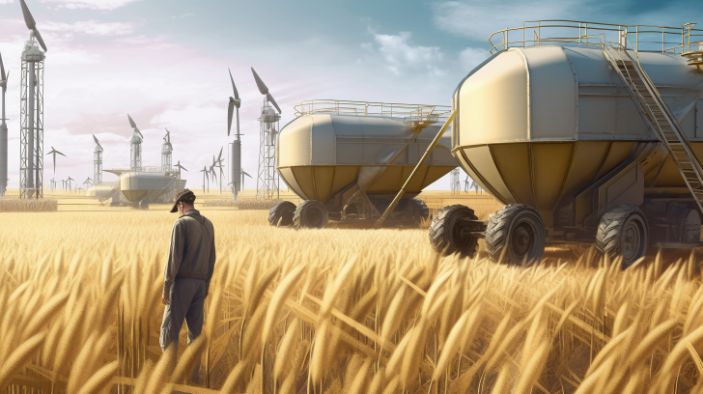The Challenges of Wind Energy: What You Need to Know
Wind energy is a renewable source of energy produced by harnessing the natural force of the wind. It has grown in popularity in recent years as a way of powering homes and businesses all around the world. Wind energy has emerged as a viable alternative to traditional fossil fuels in the face of increased concern about climate change and the need to cut carbon emissions. In this essay, we will look at the advantages of wind energy as well as its significance in the global energy landscape.
Table of Contents
The Advantages of Wind Energy
Wind energy is a sustainable energy source that has grown in prominence in recent years. It is a clean and sustainable energy source with various advantages over other types of renewable energy. In this post, we will look at the advantages of wind energy and how it compares to other sources of renewable energy.
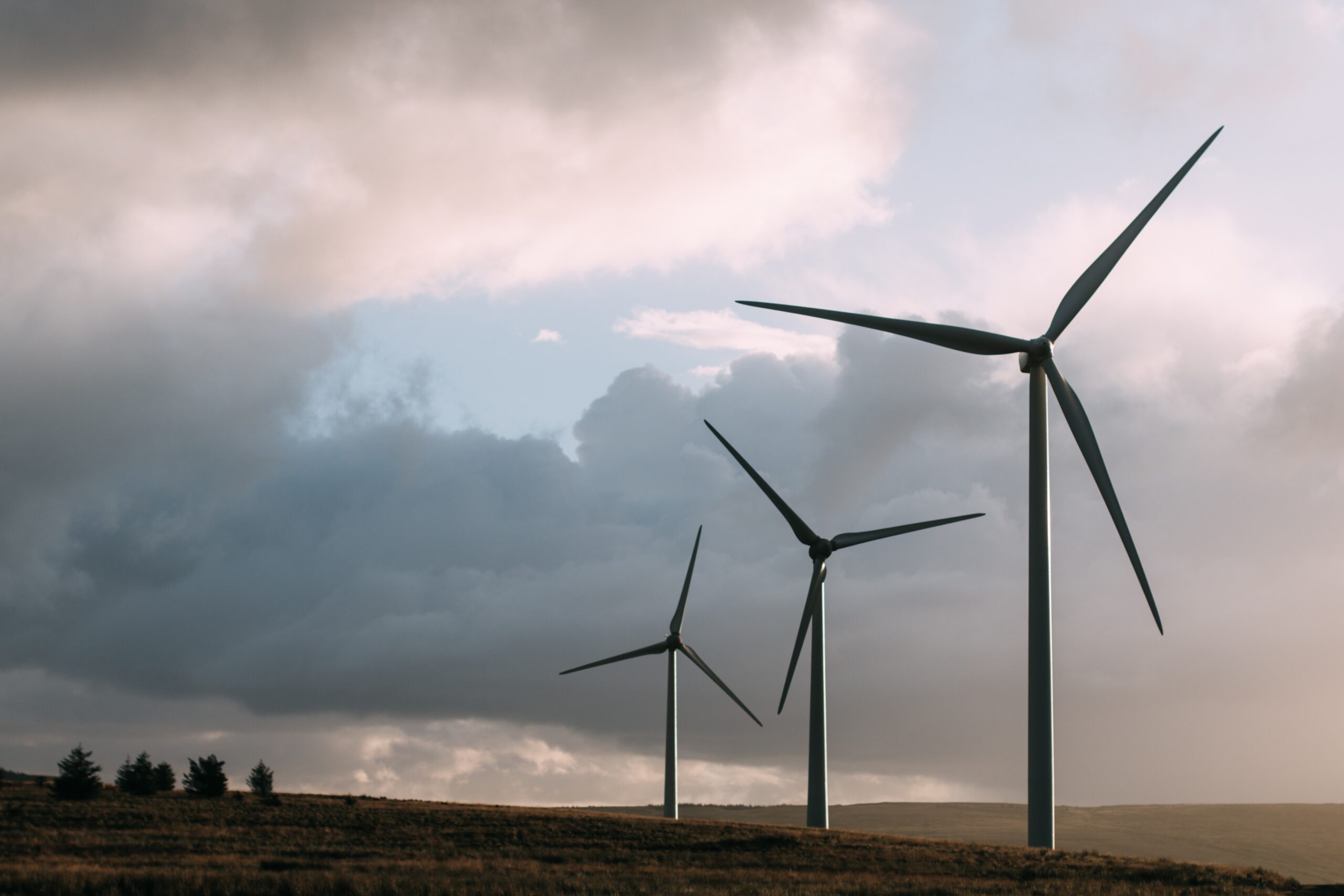
One of the most significant advantages of wind energy is its minimal carbon footprint. Wind energy, unlike fossil fuels, emits no damaging greenhouse gases that contribute to climate change. As a result, it is a clean and sustainable energy source that can help us minimize our carbon impact.
Cost-Effectiveness
Another advantage of wind energy is its low cost. While wind turbines can be expensive to purchase, the cost of generating power from wind energy is comparatively modest. As a result, it is a compelling choice for countries seeking to reduce their reliance on fossil fuels and shift to renewable energy sources.
Low Upkeep Requirements
In comparison to other kinds of renewable energy, wind turbines require extremely minimal maintenance. They can run for several years after installation without requiring substantial repairs or maintenance. As a result, wind energy is a dependable and cost-effective source of electricity.
Finally, wind energy offers significant benefits over other renewable energy sources. Its minimal carbon footprint, cheap cost, and low maintenance needs make it an appealing alternative for countries wanting to switch to renewable energy sources.
The Drawbacks of Wind Energy
Wind energy has been promoted as a clean, renewable energy source, but it is not without downsides. One of the most difficult aspects of deploying wind energy is its intermittent nature. Wind turbines create energy only when the wind blows, therefore they cannot supply a steady source of power. This can be problematic for energy systems that rely on a consistent supply of electricity.
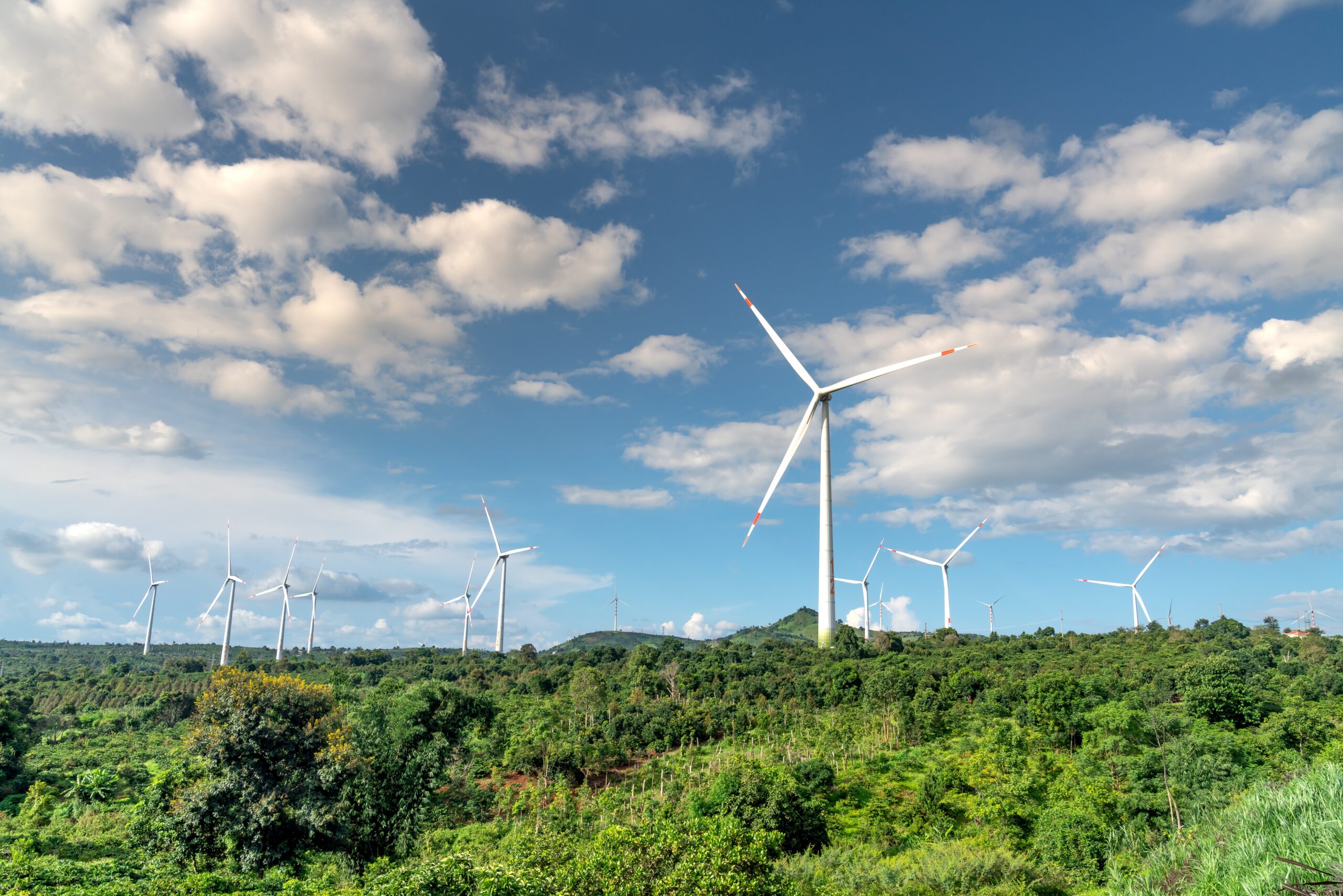
Another disadvantage of wind energy is the noise pollution it might cause for those who live near wind turbines. The sound of the blades rotating can be disturbing and irritating, especially late at night when people are attempting to sleep. Residents may file complaints, and in some situations, legal action may be taken.
Wind turbines can have aesthetic affects on nearby environments in addition to noise pollution. Some people find them unsightly, and they might distract from an area’s natural attractiveness. This can be a source of concern for towns that rely on tourism or have a close relationship with their natural environment.
Despite these disadvantages, wind energy is still a more ecologically benign alternative to fossil fuels. Air pollution, climate change, and other environmental issues are exacerbated by the use of fossil fuels. While wind energy is not without flaws, it is a positive step toward a more sustainable future.
The Future of Wind Energy
Wind energy is becoming increasingly popular as a renewable energy source, and technological advances are making it even more viable and effective. The construction of bigger and more powerful wind turbines is one of the most significant advances. These turbines produce more energy and are more efficient, making them more appealing to energy corporations.
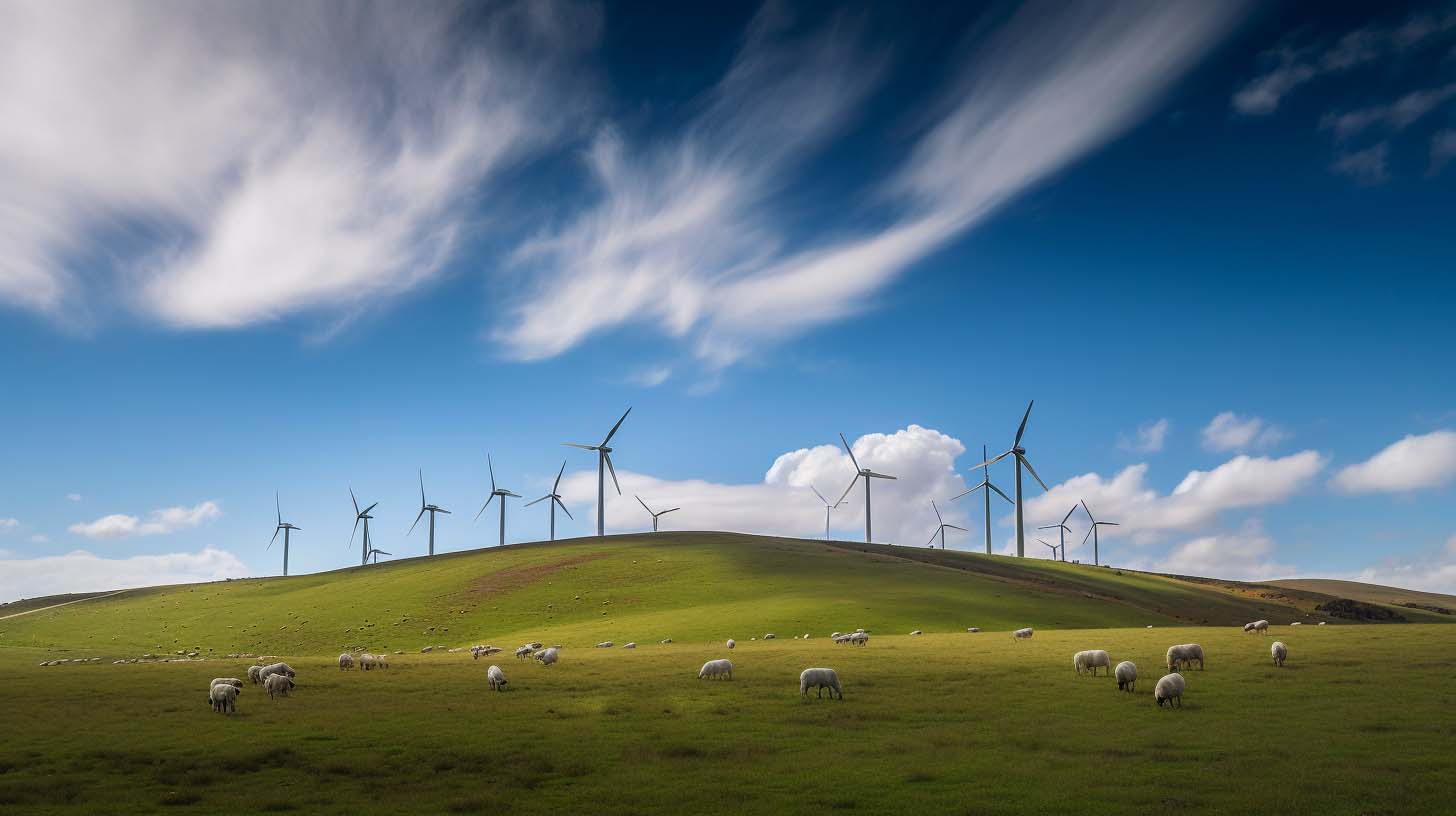
Energy storage systems are another area of advancement. Wind energy is intermittent, which means that it is not always accessible when required. Excess energy, however, may be stored and used when the wind is not blowing thanks to modern energy storage devices. This increases the reliability of wind energy and helps to overcome one of the most significant difficulties confronting renewable energy sources.
Aside from these breakthroughs, there have also been advancements in the materials used to make wind turbines. New materials are being discovered that are stronger and lighter, allowing for the construction of bigger turbines that can generate more energy.
Conclusion
To summarize, wind energy offers various advantages, including being a clean and renewable energy source, lowering greenhouse gas emissions, and providing employment opportunities. However, there are certain disadvantages, such as the possibility for animal harm and the intermittent nature of wind. When contemplating wind energy, utility management, legislators, and the general public should be aware of these problems and potential. To secure a sustainable future, it is critical to push for breakthroughs in wind energy and other sources of renewable energy.

